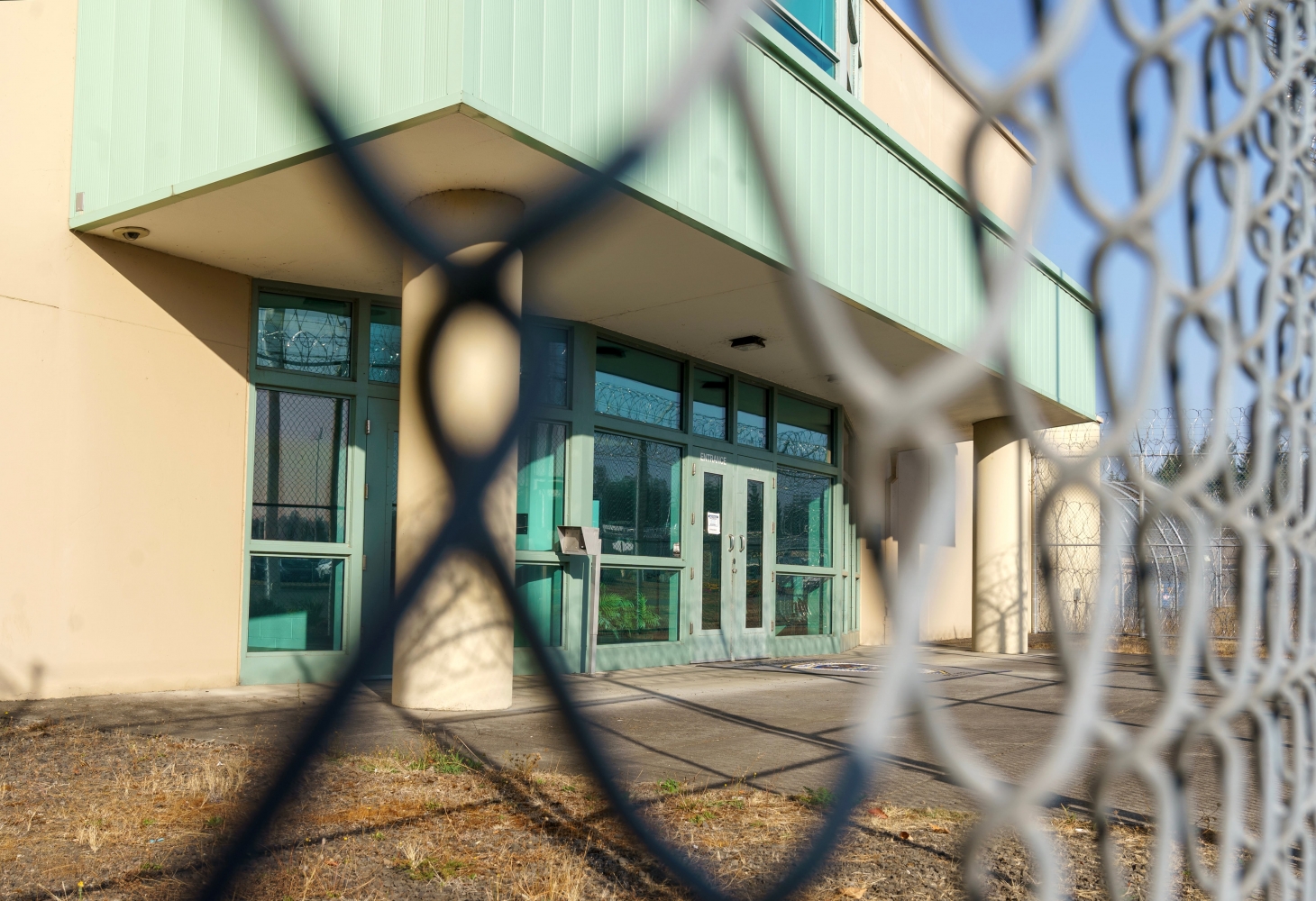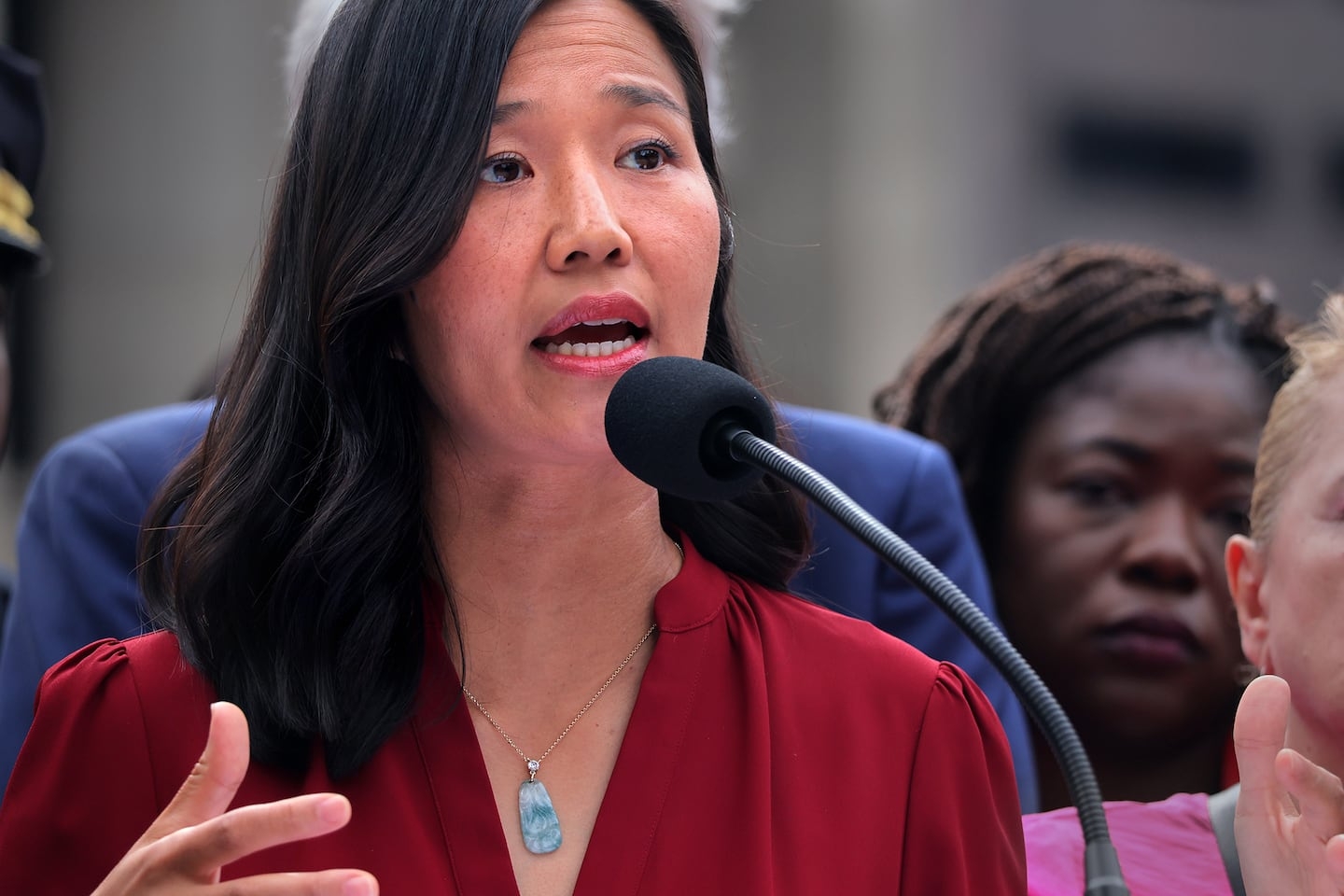

Published on: 08/18/2025
This news was posted by Oregon Today News
Description

Parole and probation departments across Oregon say they are facing financial strains and possible cuts to programs that monitor people released from jail and prison. They are pointing the finger at the recently passed state budget.
Corrections officials say county departments are getting about $60 million short of what they need to supervise the estimated 22,000 under post-custody release. They said they plan to lay off staff and reduce housing and treatment support for people recently released from prison or jail.
Jeff Wood, a former undersheriff in Marion County who now leads the Oregon Association of Community Corrections Directors, said the cuts are a consequence of lawmakers ignoring a recent cost analysis. He also warned communities could become less safe.
“If someone is on parole or probation and they commit a terrible crime, they say, ‘How did this happen?’” Wood said. “If we’re not funded adequately, we’re making challenging decisions.”
Wood said there are counties — which he wouldn’t identify — that are already trying to stretch their dollars by cutting programs like domestic violence intervention and sex offender treatment. He said one county plans to eliminate beds for people recently freed but with nowhere to go.
Nearly 60% of Oregon counties face program cuts as budget crisis grows
Nate Gaoiran, director of Washington County’s community corrections department, said he’s already cut 18 jobs. The department supervises about 125 people on parole or probation on any given day.
While losing state money is a blow, Gaoiran said, the county can still use its general fund and a recent, voter-approved levy to help soften the impact. Each provides about one-third of the community corrections budget.
Some counties are far more reliant on state dollars. Mike Crim, who heads the department in Coos County, said state dollars account for his entire budget. They are losing about $400,000. Crim says he’s still trying to pencil out his adjustments.
In all, 18 of Oregon’s 36 counties saw their allocated funding decrease in the latest budget. Many are located in rural areas. They are Baker, Benton, Coos, Crook, Curry, Gilliam, Grant, Harney, Hood River, Josephine, Klamath, Lake, Lincoln, Sherman, Tillamook, Umatilla, Union and Wallowa.
“It was kind of a blindside,” Gaoiran said. “Throughout the whole regular session, we were seeing support from a lot of key stakeholders.”
That support included Gov. Tina Kotek, who at first proposed $370 million for the department, before lawmakers ultimately gave it $315 million in June. That curtailment can be traced to changes in estimates of how many people across the state are being supervised by parole and probation officers.
Kotek’s budget proposal came out last December using data collected by the Department of Administrative Services. But those numbers were updated downward by the time legislative budget staffers crunched for lawmakers.
“What we based our budget on in May was different than what the governor based her budget on in December,” said Rep. Paul Evans, D-Monmouth.
Evans co-chairs the Joint Ways and Means Subcommittee on Public Safety, which finalized the payments to the departments across the state. He said lawmakers may not have given community corrections departments what they want, but they did give them an increase.
“Counties are pretty good at blaming us for all kinds of things,” Evans said.
Corrections officials estimate that the cost of supervising a person on parole or probation costs about $18.18 per person per day. That includes checking in with a person, visiting their homes or offices, going to court hearings and helping them with housing in some cases. There are about 22,000 people under supervision throughout the state.
Judge may order Snake River to release inmate early over inadequate medical care
Lawmakers opted to pay $15.09 per person per day — up from about $13 last budget. Evans said that’s enough money to maintain current services, and said counties themselves should be accountable if they have to make cuts.
“It wasn’t as much as I wanted to give them, but nobody got as much as we wanted,” he said.
The amount of money received by a given county is largely based on how many people they supervise. Multnomah County, for example, is slated to receive $44 million from the state while Gilliam County will get about $162,000.
But there are fewer people leaving jails and prisons these days — for various reasons. Crime has receded across the country after a spike during the COVID-19 pandemic. Fewer people were booked into prison during the pandemic, too, which is now resulting in fewer parolees — from 13,800 in 2019 to about 10,200 last April, according to state data.
Fewer people are going on probation, too. Jeremiah Stromberg, the assistant director of the state’s community corrections division, said the lack of public defense attorneys has led more cases to be dismissed entirely. Probation dropped from about 14,850 to about 11,770.
The shrinking population estimates and the lower per-day payment are a one-two punch, Wood said. He criticized lawmakers for ignoring the cost analysis, which is done every six years according to state law. The law doesn’t require lawmakers to pay the resulting number, and they rarely do.
“All I’ve ever seen is good, honest attempts to convey to the legislative body that these are the costs for community corrections,” he said. “There’s always sticker shock.”
Stromberg said he projects the number of supervisions will start rising again, particularly with the recriminalization of drug possession in Oregon.
“A lot of factors and levers impact who comes onto supervision or not,” he said. “I wish it was all because we’re having less crime.”
Corrections officials say the new budget does not account for all the different ways expenses have grown. Union contracts have different cost-of-living increases built in. Contracts for housing programs have gotten pricier as well, according to Stromberg.
Stromberg said he understands the counties’ frustration because he works with them directly on their budgets. He said community corrections departments are more complicated and intensive than people realize. But he was grateful for the amount lawmakers did give, he said.
“We are not in a crisis or an extremely broken scenario here,” he said. But, he later added, “when the budget doesn’t keep pace with rising costs, it does force counties to have to make some difficult decisions.”
News Source : https://www.opb.org/article/2025/08/18/oregon-parole-probation-budget-cuts/
Other Related News
08/20/2025
With about 50 ft already lost the fire may impact the trees standing in global height rank...
08/20/2025
The administrations threat of serious consequences unless Boston tosses its immigrant-frie...
08/20/2025
Grants Pass reaches settlement with advocacy group that accused it of discriminating again...
08/20/2025
The 2025 Little League Baseball World Series continues with Tokyo Japan facing off with Sa...
08/20/2025











